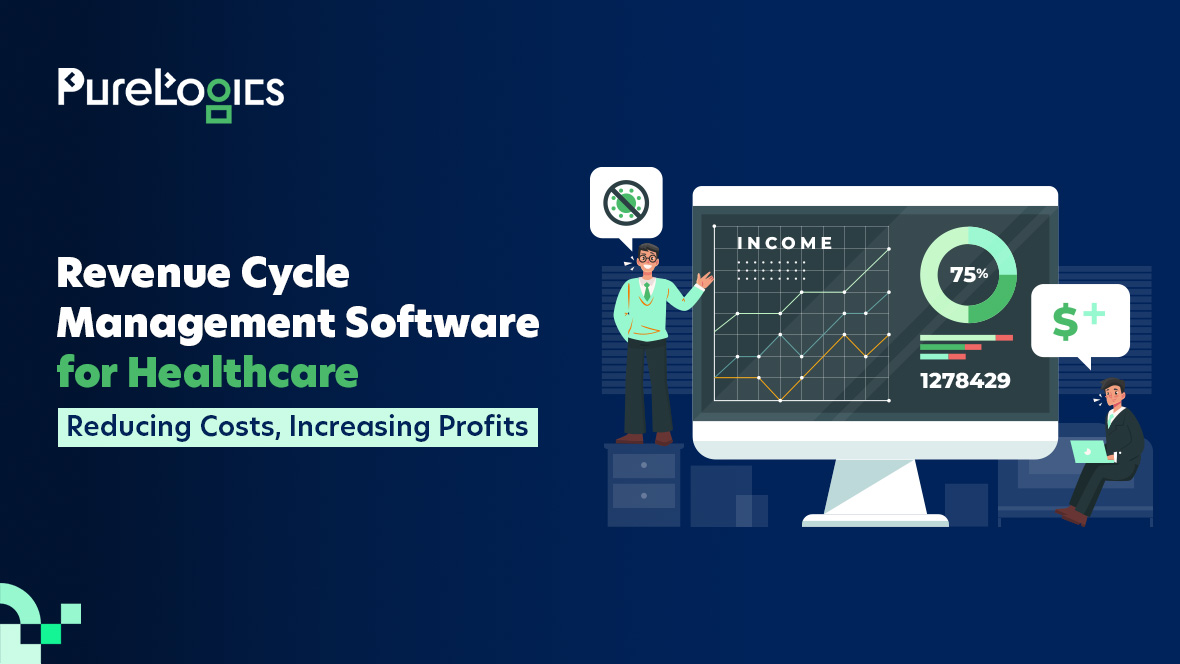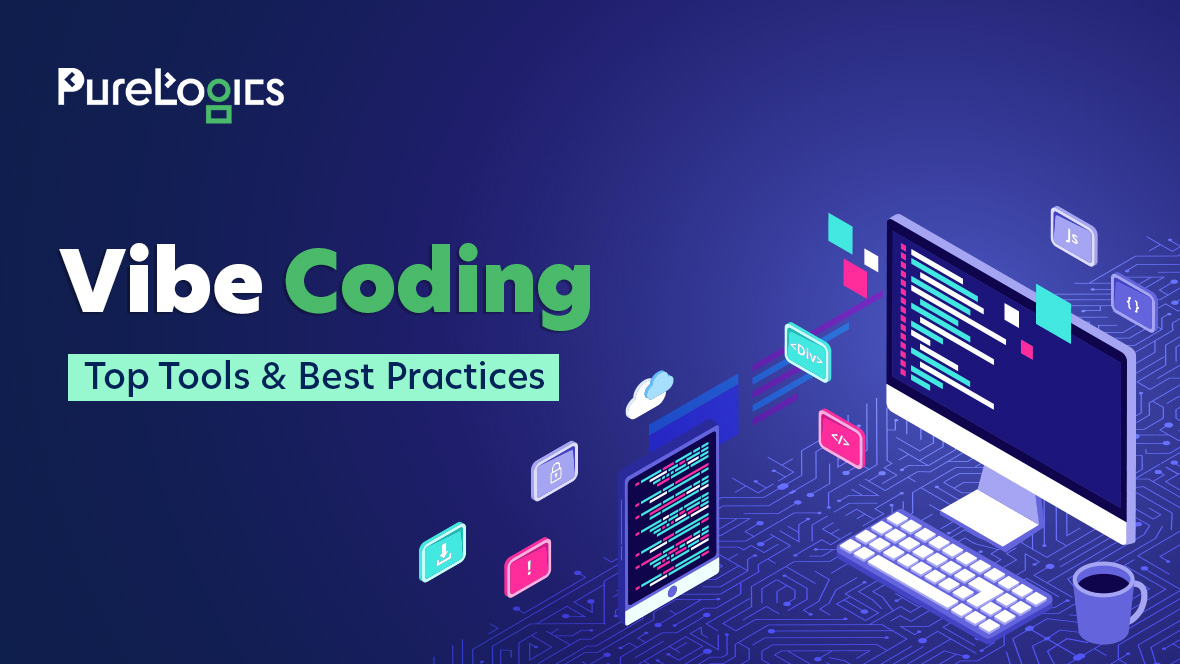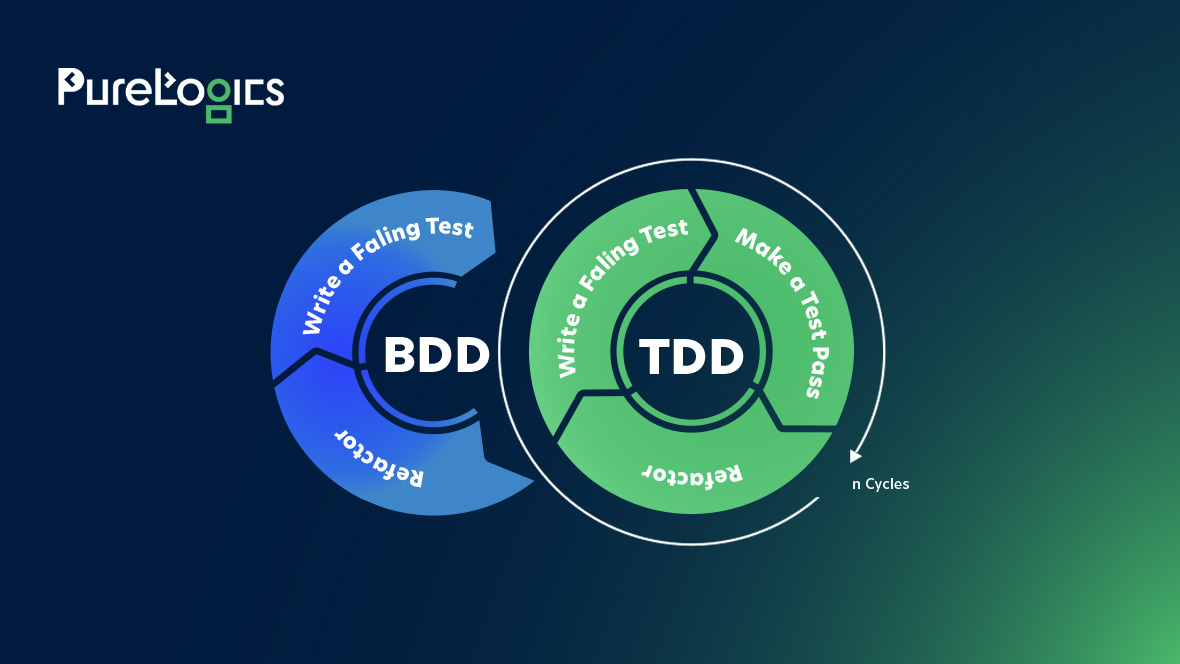Generally speaking, every IT project requires the proper strategy to work. If you don’t take care of the project, it will most likely end in failure. There can be many reasons for this. For instance, it can be inaccurate goal-building or prioritization. If a web developer doesn’t select the right method for developing software, then nothing will be according to the predefined plan.
The process of developing an operating system is referred to as SDLC. It is a proper sequence of certain actions that, when performed consecutively, results in the successful completion of a project. In other words, this scheme helps developers create digital software.
By selecting a software development model, an IT professional influences many stages of development, like testing, selection of a plan, and many more. From the time of taking responsibility for a project, programmers should understand what is happening in reality and why a digital product is important.
Programmers should also understand that there is no software development model that is considered universal. Every model has its own pros and cons and suits particular conditions and assignments. In this blog post, we’ve explained seven popular software development models and their strengths and weaknesses. But before considering the models, let’s understand why they are needed!
Why You Need Software Development Models
Software development models structure the development process and help developers ensure clarity, efficiency, and quality in the project. They provide developers with a strategic approach to planning, executing, and handling IT projects.
Teams can use Waterfall, Spiral Model, Scrum, and other software development models to better manage risks and enhance communication and collaboration. These frameworks not only facilitate iterative development but also enable developers to adapt to evolving changes. Ultimately, the software development models automate operations, lower project costs, and enhance the quality of a finished product.
Streamline Your Projects with the Right Development Model
Choose a framework that enhances collaboration, reduces costs, and delivers top-quality software.
Top 7 Software Development Models
Choosing the right software development model is critical for the success of a project. Each model has its strengths, weaknesses, and suitable use cases. Let’s have a brief look at every software model in brief!
1. Waterfall Model
The Waterfall Model is one of the earliest and simplest software development models. It follows a linear, sequential approach. Each phase gets completed before the next one begins. This makes it highly structured for projects with well-defined requirements from the start.
Advantages and Disadvantages of Waterfall Model
| Advantages | Disadvantages |
| Simple to understand and implement | Lack of flexibility; not suited for projects with changing requirements |
| Well-structured and systematic | Late-stage identification of issues can lead to costly rework |
| Ideal for smaller projects with clear requirements | Limited customer involvement once the project begins |
| Progress is easily measurable at each stage | Testing phase starts after development, increasing the risk of undiscovered bugs |
Factors for Choosing the Waterfall Model
- Requirements are well understood and unlikely to change
- The project is small to medium-sized
- Stakeholders demand a clear timeline and predictable progress
- Testing is not an immediate priority
- The client does not need regular involvement
2. Agile Model
The Agile model is a flexible, iterative approach that promotes continuous improvement and frequent feedback from stakeholders. It breaks down development into smaller cycles called sprints. This allows developers to make regular adjustments according to changing requirements.
Advantages and Disadvantages of Agile Model
| Advantages | Disadvantages |
| Highly flexible and adaptable to changes | Can be difficult to predict timelines and costs |
| Encourages continuous customer feedback | Requires close collaboration and frequent communication |
| Faster delivery of working software through sprints | May lead to scope creep if not managed properly |
| Early identification of issues due to continuous testing | Less structured, which might be challenging for larger teams |
Factors for Choosing the Agile Model
- Requirements are expected to evolve over time
- The client values frequent deliverables and feedback
- The project team is experienced and can handle rapid iterations
- There is a need for flexibility in scope and functionality
- The project requires ongoing customer involvement
3. Spiral Model
The Spiral Model combines elements of both iterative and Waterfall models with a strong focus on risk management. It involves repeated iterations (spirals). Here, each phase focuses on planning, risk analysis, engineering, and evaluation.
Advantages and Disadvantages of Spiral Model
| Advantages | Disadvantages |
| Excellent for managing large, complex projects | Can be costly due to risk analysis at every stage |
| Focuses heavily on risk mitigation | Requires a high level of expertise in risk management |
| Allows for iterative refinement of requirements | May take longer to reach a final product compared to other models |
| Continuous customer feedback is possible at every stage | Can become too complex for smaller projects |
Factors for Choosing the Spiral Model
- The project is large and high-risk
- Frequent refinement of requirements is needed
- Risk management is a critical aspect of the project
- The client is highly involved in the process
- A phased approach with prototyping and feedback is necessary
4. V-Model (Verification and Validation Model)
The V-Model is an extension of the Waterfall model. However, this model emphasizes more on testing at every development stage. Moreover, every development phase is mirrored with a corresponding testing phase. This ensures that validation occurs throughout the process.
Advantages and Disadvantages of V-Model
| Advantages | Disadvantages |
| Testing is integrated into every development phase | Inflexible; changes require reworking both development and testing |
| Early detection of defects | Requires thorough documentation, which can be time-consuming |
| Better control over quality assurance | Not suited for projects with evolving requirements |
| Clear and structured process | High upfront planning and strict adherence to the sequence |
Factors for Choosing the V-Model
- The project has well-defined, unchanging requirements
- High emphasis on quality and testing
- The team is comfortable with a structured and systematic approach
- The project involves critical systems where defects can have serious consequences
- Timely validation and verification of each phase are critical
5. Scrum Model
Scrum is an Agile framework that focuses on teamwork, accountability, and iterative progress towards a well-defined goal. It is characterized by short, time-boxed iterations called sprints. typically lasting 2-4 weeks, with frequent feedback and retrospectives.
Advantages and Disadvantages of Scrum Model
| Advantages | Disadvantages |
| Promotes a high degree of collaboration and communication | Requires dedicated team members for continuous involvement |
| Regular feedback ensures continuous improvement | Can lead to chaos if roles and responsibilities are not clearly defined |
| Delivers functional product increments frequently | May struggle in very large projects without proper scaling techniques |
| Adaptable to changing requirements | Can be time-consuming due to regular meetings and reviews |
Factors for Choosing the Scrum Model
- The project is fast-paced and requires frequent deliverables
- The team is self-organizing and experienced with Agile methodologies
- Close collaboration with the customer is required
- Flexibility is a priority in addressing changing requirements
- There is a need for constant improvement through feedback loops
6. RAD Model (Rapid Application Development)
The RAD model emphasizes rapid prototyping and quick feedback from users. It focuses on developing functional prototypes early in the process, allowing developers to adjust the project based on customer input throughout.
Advantages and Disadvantages of RAD Model
| Advantages | Disadvantages |
| Speeds up development by focusing on prototypes | Not suitable for large-scale or highly complex projects |
| Encourages user feedback and early testing | Requires frequent customer involvement, which may not always be feasible |
| Reduces the risk of project failure through early revisions | Limited scalability, making it impractical for long-term projects |
| Minimal planning, faster turnaround time | Lack of initial planning can lead to feature creep |
Factors for Choosing the RAD Model
- Rapid development and early user feedback are critical
- The project scope is small to medium-sized
- The client can provide ongoing feedback and approval
- Flexibility and speed are prioritized over detailed documentation
- The team is experienced with iterative development processes
7. Incremental Model
In the Incremental Model, the project is divided into small, manageable components or increments. Each increment builds upon the previous one, gradually adding new features or functionality until the product is fully developed.
Advantages and Disadvantages of Incremental Model
| Advantages | Disadvantages |
| Delivers functional components early in the process | Requires careful planning to ensure integration of all increments |
| Easier to test and manage due to smaller, focused increments | Can lead to scope creep if not well-managed |
| Allows for user feedback at each stage | May take longer to fully deliver the final product compared to other models |
| Reduces risk by delivering high-priority features first | Not suitable for projects where requirements are unclear |
Factors for Choosing the Incremental Model
- The project can be broken down into smaller, independent components
- High-priority features need to be delivered early
- The client is available for feedback at regular intervals
- Testing and troubleshooting are required throughout the process
- The project allows for iterative development and refinement
At PureLogics, we specialize in delivering customized software development solutions using the best-suited models for your project. Whether you need flexibility with Agile, rapid delivery through RAD, or a structured approach with Waterfall, our best and brightest team is ready to assist you.
Fill out the form to acquire our free consultation service!


 [tta_listen_btn]
[tta_listen_btn]
 November 13 2024
November 13 2024






